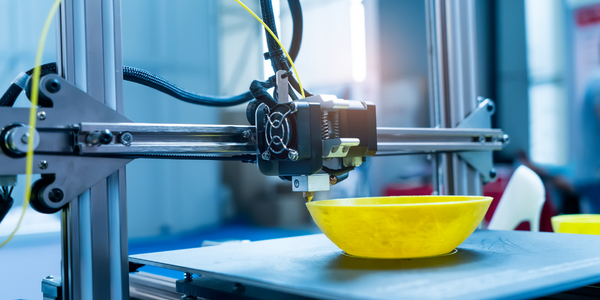技术
- 传感器 - 触觉传感器
适用功能
- 产品研发
用例
- 智慧校园
- 虚拟原型与产品测试
关于客户
克莱姆森大学生物工程系 50 多年来一直为学生、教师和研究人员提供智力、专业和个人成长的绝佳机会。在致力于本科生和研究生研究经验的教师的指导下,生物工程专业的学生应用工程原理来理解和治疗疾病。与医生和企业家的合作确保研究重点关注高度优先的医疗保健挑战。在系主任 Martine LaBerge 博士的指导下,通过在南卡罗来纳州查尔斯顿增加克莱姆森大学-南卡罗来纳州医学生物工程项目,这种合作得到了加强。
挑战
膝前痛是全膝关节置换术(TKA)手术后的一个重要并发症。无法自由伸展或弯曲膝盖会严重影响患者的日常活动,例如行走、举重和从椅子上站起来。膝关节无法活动是需要进行 TKA 手术修正的最常见迹象之一。本研究的挑战是利用计算分析定量评估髌骨扣厚度对膝关节屈曲/伸展过程中股四头肌腱力变化的影响。力变化的减少与 TKA 手术后膝前疼痛的减轻直接相关。髌骨膝关节组件(一种增加伸展力的机械优势的“纽扣状”元件)在手术过程中尺寸不当被认为是一个关键问题。
解决方案
克莱姆森大学生物工程系的生物力学研究小组应用基于 HyperWorks 的有限元分析来评估髌骨扣厚度对股四头肌腱力大小变化的影响。 Altair 研究员、博士生谢欣完成了三维 (3D) 显式有限元分析,以评估髌骨按钮厚度对股四头肌力量大小和变化的影响。应用 Altair HyperMesh 构建膝关节的详细 3D 模型。通过对平均大小的尸体下肢进行 MRI 重建,开发了一个基本的 3D 模型,以代表人体膝关节的真实组成部分。使用全膝关节置换术供应商指定的特定手术程序切除尸体胫骨、股骨和髌骨扣。将特定 TKA 设备的几何形状插入自然膝关节模型中,并使用 HyperMesh 进行对齐。肌肉和韧带膝关节连接器被建模为各向同性的超弹性材料,并通过实验测试数据进行量化。采用运动跟踪系统来定义膝关节弯曲和伸展过程中胫骨和股骨的位移边界条件。最后,利用HyperMesh的几何变形功能,创建了两个额外的不同厚度(+-2毫米)的髌骨纽扣,从而总共生成了三个有限元模型。使用这三个模型的准静态有限元分析的输出,计算每种厚度情况下的腱力大小。
运营影响
数量效益

Case Study missing?
Start adding your own!
Register with your work email and create a new case study profile for your business.
相关案例.

Case Study
Intralox Using Demo3D Case Study
Intralox strives to create significant economic value for our customers by optimizing their conveyance systems. Intralox wants to emulate real-world production environments for end users and OEMs working in multiple industries, including packaging, warehousing, parcel, beverage, brewery, food, tire, and consumer goods. They frequently had to perform physical tests to demonstrate to customers how ARB equipment would handle their products.

Case Study
General Dynamics Uses Wind River Simics to Meet NASA Challenge
In designing and building Fermi, the General Dynamics C4 Systems business unit was faced with a challenge: it needed to provide an environment that could support rigorous testing by multiple Fermi subsystem groups before the spacecraft hardware was available.

Case Study
IoT platform Enables Safety Solutions for U.S. School Districts
Designed to alert drivers when schoolchildren are present, especially in low-visibility conditions, school-zone flasher signals are typically updated manually at each school. The switching is based on the school calendar and manually changed when an unexpected early dismissal occurs, as in the case of a weather-event altering the normal schedule. The process to reprogram the flashers requires a significant effort by school district personnel to implement due to the large number of warning flashers installed across an entire school district.






